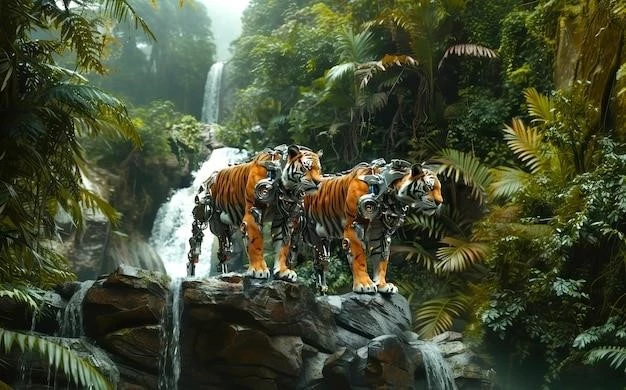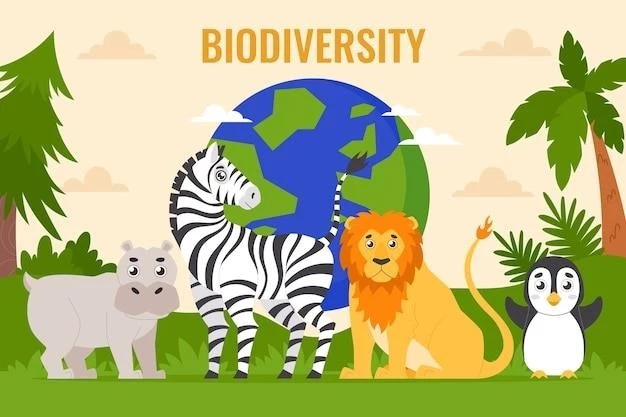The world is a diverse and beautiful place, filled with countless species of plants and animals. Unfortunately, many of these species are facing a very real threat: extinction. According to the International Union for Conservation of Nature (IUCN), over 41,000 species are currently threatened with extinction, with many more facing a precarious future.
The IUCN Red List is the world’s most comprehensive inventory of the global conservation status of biological species. It’s a crucial tool for understanding the threats to biodiversity and identifying species in urgent need of conservation action. Here are 10 of the most endangered species in the world, all of which are facing a critical threat to their survival:
1. Javan Rhino (Rhinoceros sondaicus)
The Javan rhino is the rarest of all rhino species, with an estimated population of only 60 individuals remaining in the wild, confined to a single national park in Indonesia. The Javan rhino is facing a multitude of threats, including habitat loss, poaching for their horns, and human-wildlife conflict.
2. Amur Leopard (Panthera pardus orientalis)
The Amur leopard is the world’s most endangered cat, with fewer than 100 individuals left in the wild. They are found in the Russian Far East٫ and are threatened by habitat loss due to deforestation and poaching.

3. Sumatran Orangutan (Pongo abelii)
The Sumatran orangutan is a critically endangered species found only on the Indonesian island of Sumatra. Their population has declined drastically due to habitat loss from deforestation and poaching for the illegal pet trade.
4. Mountain Gorilla (Gorilla beringei beringei)
The mountain gorilla is one of the most iconic endangered species. They are found in the Virunga Mountains of Central Africa, and are facing threats from habitat loss, poaching, and disease.

5. Black-footed Ferret (Mustela nigripes)
The black-footed ferret is a small, nocturnal mammal found in the grasslands of North America. Their population was decimated by habitat loss and disease, but conservation efforts have helped to bring the species back from the brink of extinction. However, they still face a precarious future.
6. Vaquita (Phocoena sinus)
The vaquita is a small porpoise found only in the Gulf of California. It’s the most endangered marine mammal in the world, with an estimated population of fewer than 10 individuals. The primary threat to the vaquita is accidental entanglement in fishing nets.
7. Hawksbill Sea Turtle (Eretmochelys imbricata)
The hawksbill sea turtle is a critically endangered species, primarily threatened by the illegal trade in their shells, which are used to make jewelry and other decorative items. They also face threats from habitat loss and entanglement in fishing gear.
8. Red Wolf (Canis rufus)
The red wolf is a critically endangered species native to the southeastern United States. Their population has declined dramatically due to habitat loss, poaching, and hybridization with coyotes.
9. Blue Whale (Balaenoptera musculus)
The blue whale is the largest animal on Earth, and was hunted to near extinction in the 20th century. While their population has recovered somewhat, they still face threats from ship strikes, entanglement in fishing gear, and climate change.
10. Saola (Pseudoryx nghetinhensis)
The saola is a critically endangered species of bovid found in the forests of Vietnam and Laos. It’s often referred to as the “Asian unicorn” due to its elusive nature and unique appearance. The saola is threatened by habitat loss, poaching, and human-wildlife conflict.
These are just a few of the many species facing extinction. The threats they face are diverse and complex, but all are ultimately linked to human activities. We have a responsibility to protect these species and the ecosystems they inhabit. We can do this by supporting conservation efforts, reducing our impact on the environment, and advocating for policies that protect biodiversity. By working together, we can ensure that future generations can enjoy the rich diversity of life on Earth.










